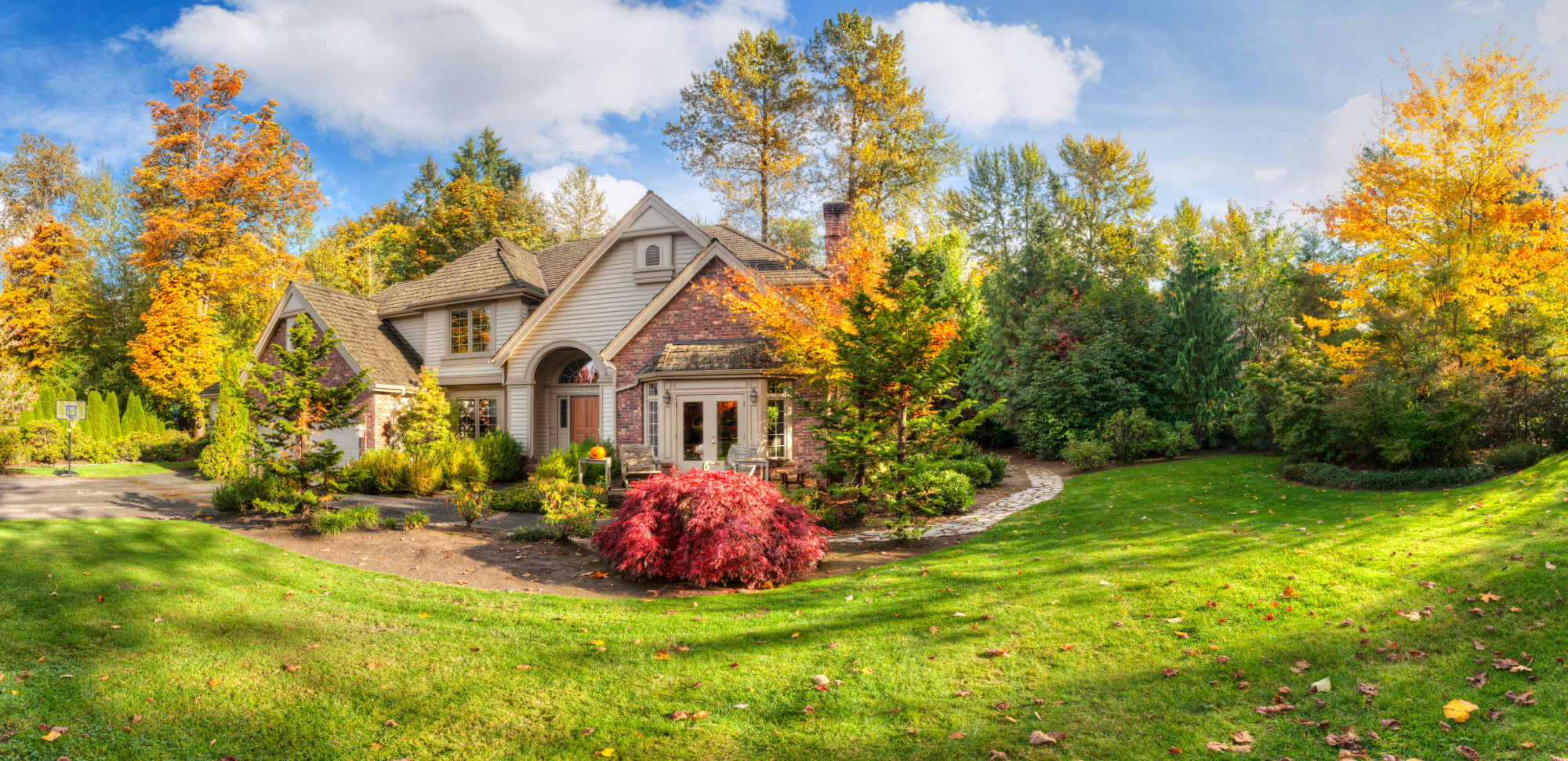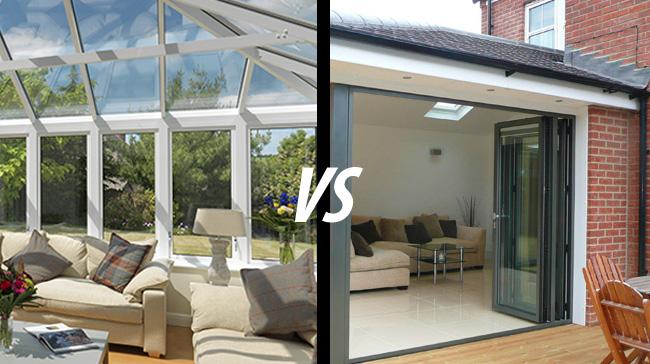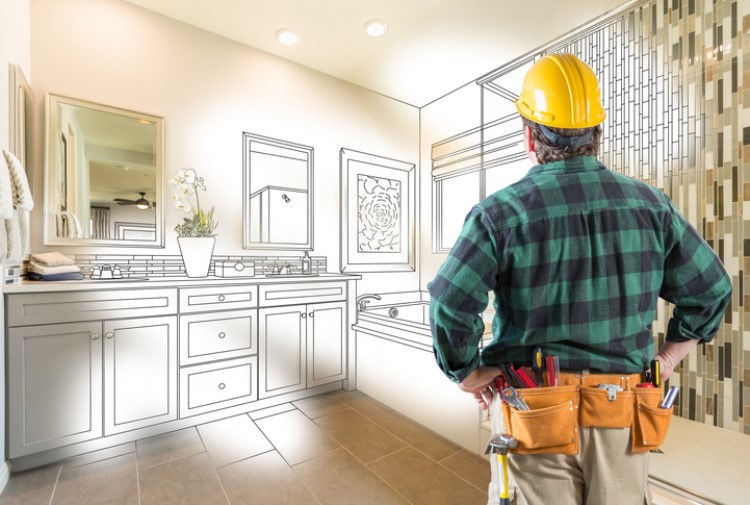In 2019, about 16 million homes in the United States were using digital antennas to receive broadcast stations. Indeed, the number of households around the country that have been opting for antennas instead of cable or satellite TV subscription has steeply increased in the past decade.
For those looking to enjoy top-quality, uncompressed signals by tuning in to over-the-air television broadcasts, a professional TV antenna installation may be necessary. That’s because while HDTV antenna installation may seem like an easy process, it usually isn’t. The project often involves handling electrical equipment high up on the roof of a house.
In this definitive guide, we’ll tell you all you need to know about professional TV antenna installation, including its average cost. Read on to learn more.
What Factors Determine the Cost of Professional TV Antenna Installation?
The overall cost of professional antenna installation depends on a variety of factors. Below are some of them.
The Type of Antenna You’re Installing
One of the main determinants of the total cost of TV antenna installation is the type of antenna you intend to install. Generally, indoor antennas are easier to install. Many homeowners are usually able to install these antennas on their own, thus saving on labor costs.
In most cases, however, indoor antennas aren’t suitable. Installing an outdoor antenna typically yields better results. As you’d probably expect, outdoor antenna installation costs are usually higher than those of indoor antenna installation. Talk to a seasoned TV installer to find out more.
The Cost of the Antenna
Where you’re installing a new antenna, the overall cost of antenna installation may include the cost of the unit itself. Many professional TV antenna installers also sell top-quality TV antennas.
TV antennas can range dramatically when it comes to cost. Some of the factors that determine the price of an antenna include:
- Antenna type
- Materials used
- Size of the antenna
- Manufacturing quality
The signal type in your area will determine which type of antenna to go for. If the signal in your area isn’t strong, you may need a larger outdoor antenna. Top-quality materials boost the durability of the antenna.
The Location of Your Home
Antenna installation costs vary depending on where your home is located. Homes in hilly areas, black spots, and places with low signal strength will typically need larger, more powerful outdoor antennas. Actually, calculations of the signal power are for professionals and a reason to order custom term paper to make it clear for others. But let’s be simple here. That increases the overall installation cost.
Keep in mind that your technician will also need more time to access your site, do additional testing, and position your antenna higher. This also contributes to higher costs.
The Type of Building
The type of house you live in can also significantly affect how much you pay for antenna installation. Standard rates are typically based on standalone, single-story houses. These homes are comparatively easier for antenna installers to access as their roofs are lower and walls accessible for cabling.
What if you live in a townhouse or a multiple-story home? Well, installation in such a home will most likely be complex. More equipment and cabling will also be necessary, so you may need to pay more.
Number of TV Points
For first-time TV installation, you’ll most likely need extra TV points to be installed so you can watch TV in different rooms in your home. These additional TV points mean extra labor, cabling, splitters, and other components. This contributes to higher installation costs.
Whether You’re Installing Signal Boosters
If you live in an area that has a weak signal, you’ll most likely need to install a TV antenna booster or amplifier to raise your signal to the right level. A TV amplifier may also be necessary where you intend to split the signal to several wall points. Because TV amplifiers are additional pieces of equipment that add extra steps in the antenna installation process, the cost of installation will go up.
Whether You Want Wall Mounting
Getting your TV wall mounted isn’t a must, but you may want to get it done during the installation of the antenna. There are many reasons you may want to get your TV mounted on the wall, including ensuring that the antenna wall point is spot on. Wall mounting can also enhance your TV viewing experience by making sure that you get the best viewing angles.
Of course, this extra service can push your overall TV installation price slightly higher.
Qualifications and Experience of the Installer
You can, of course, get some cheap TV antenna installation services around if that’s what you want. However, be careful who you entrust the installation project to. Be especially wary of installers that charge suspiciously low prices.
Qualified, seasoned TV antenna installers may not necessarily be expensive, but they hardly ever charge rock-bottom prices. In return, you get the following:
- Antenna installed at the best possible location: Only a professional knows the most appropriate point to install your TV antenna, so you get optimum height and reception
- Correct antenna and mast securing: Outdoor TV antennas are continually battered by the elements. A professional contractor knows the most suitable way to mount the antenna, so it withstands the elements.
- Minimal damage to existing structures: A seasoned contractor knows how to drill into walls, install roof flashing, cut into tiles, and so on without causing much damage to the building. You want to avoid future complications, such as parts of your roof leaking.
What is the Average Cost of Professional TV Antenna Installation?
As you’ve seen, TV installation costs can vary depending on many factors. In 2020, antenna installation costs range from $190 to $368. The national average is thus $279.
Regardless of the reason you’re installing a TV antenna, it’s best to get it done by a professional. Sure, you may have to incur the cost of professional TV antenna installation, but the benefits are well worth it. Not only do you get the project done more quickly and safely, but also enjoy a much better TV viewing experience for a long time.
Would you like to read more great articles just like this one? Please keep visiting our website.









